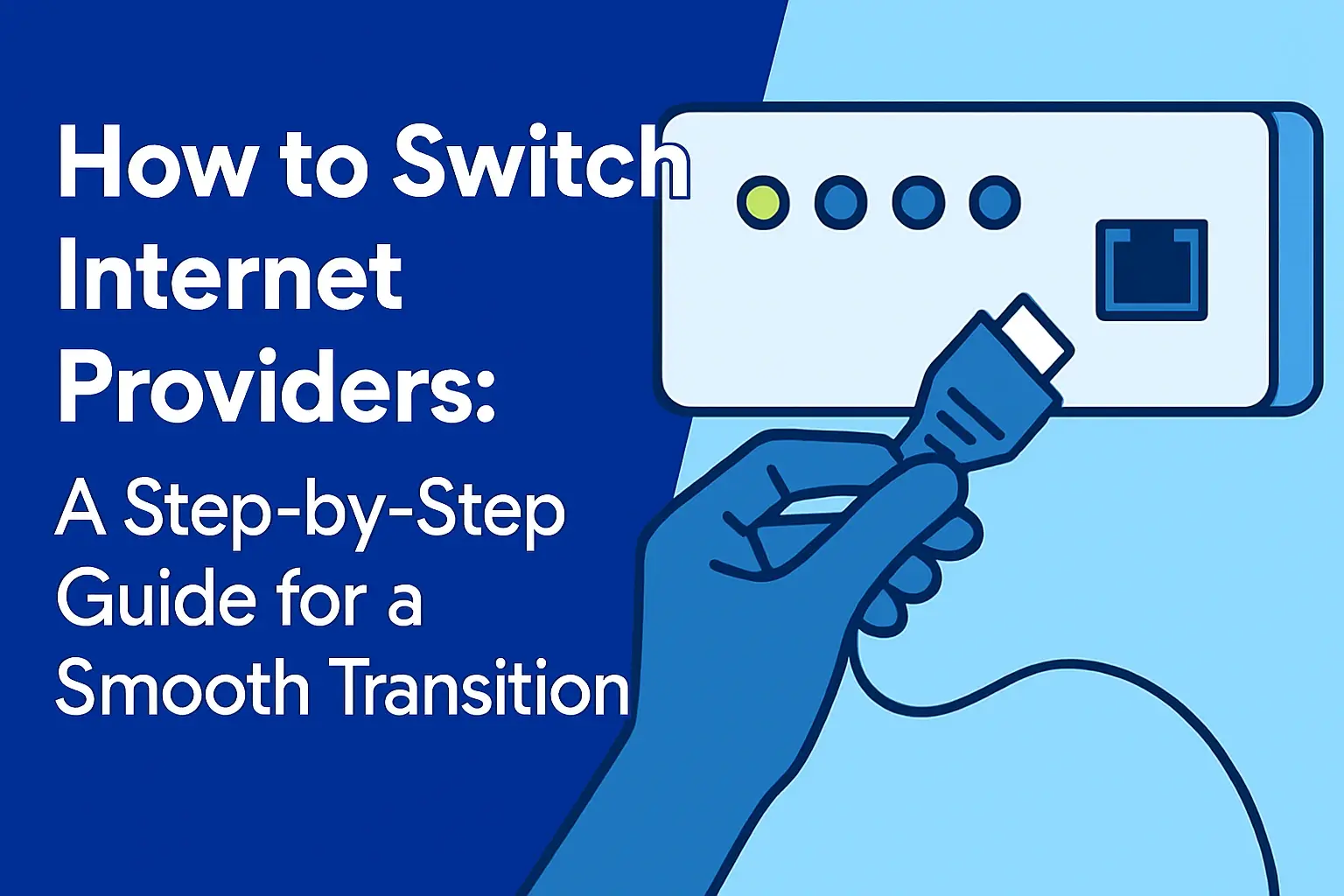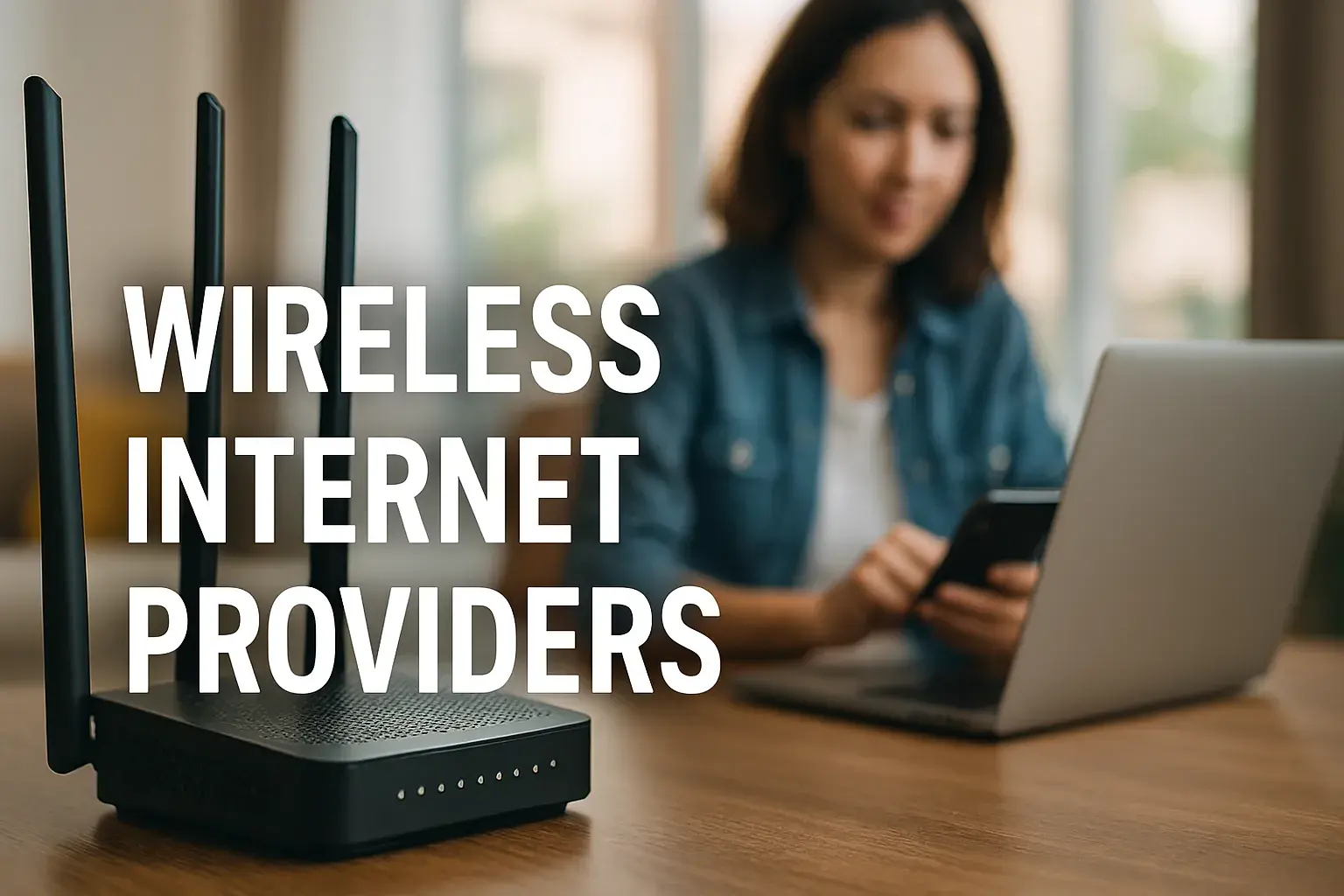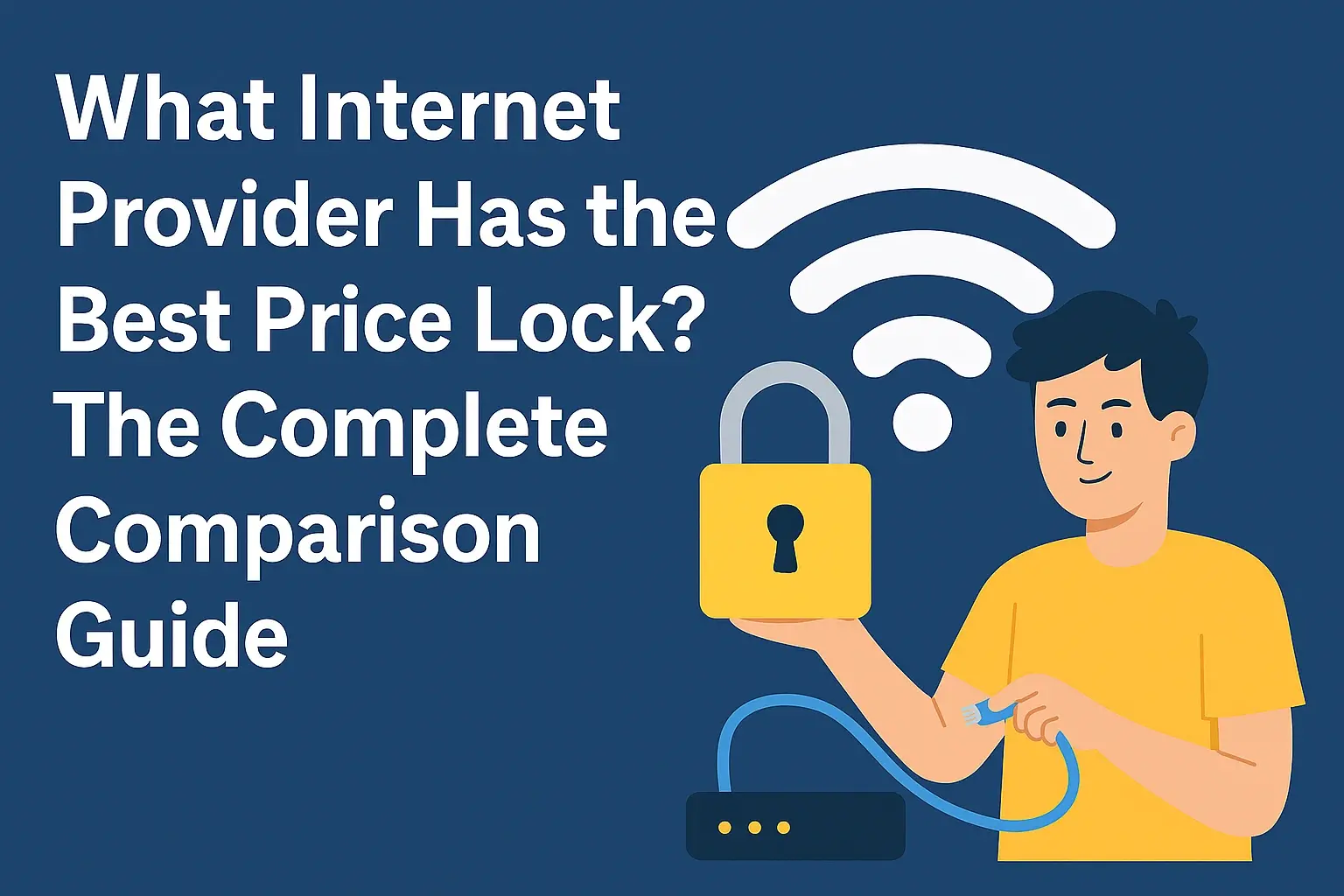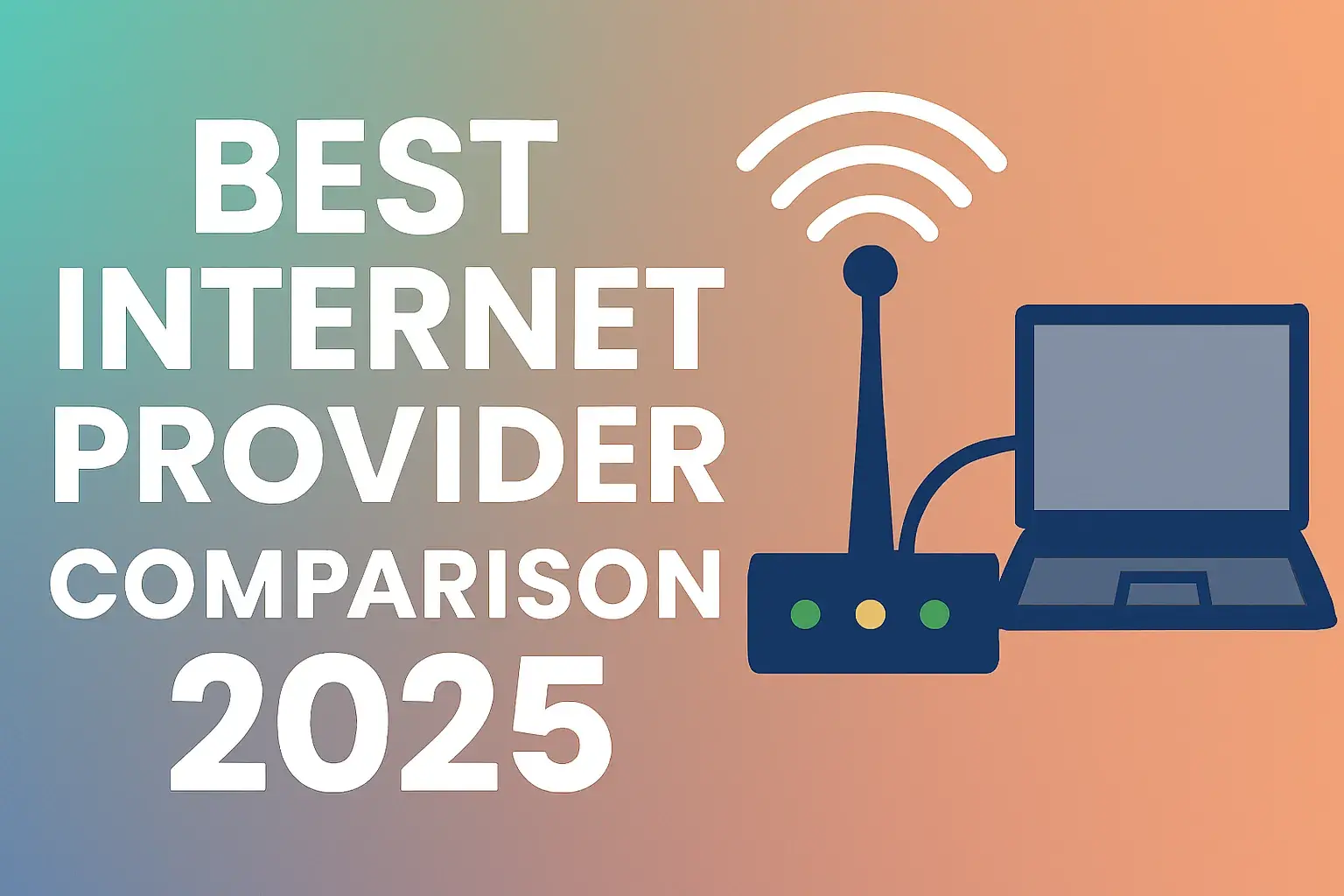
In today’s digital-first world, a reliable internet connection is no longer a luxury—it’s a necessity. Whether you’re working from home, streaming your favorite shows, attending online classes, or gaming, the quality of your internet service directly impacts your lifestyle. But what if your current provider isn’t living up to expectations? High costs, slow speeds, poor customer service, or frequent outages are common reasons people consider switching internet providers.
Making the change may sound complicated, but with the right preparation, switching internet providers can be smooth and stress-free. In this guide, we’ll walk you through the process step by step—from evaluating your needs to canceling your old service—so you can enjoy faster, more reliable internet with minimal disruption.
Why Consider Switching Internet Providers?
Before diving into the “how,” let’s look at some common reasons people switch:
- Better Speeds – With more devices connected, you may need higher bandwidth for smooth streaming, gaming, or video calls.
- Lower Costs – Promotions and competitive offers often make switching a smart financial move.
- Improved Reliability – If outages are frequent, it’s time to look elsewhere.
- Better Customer Service – Frustrating customer support experiences can make a reliable provider invaluable.
- Access to New Technology – Fiber-optic internet, DOCSIS 3.1, and 5G home internet may not be available with your current provider.
Step 1: Evaluate Your Internet Needs
The first step in switching providers is understanding what you actually need. Consider the following:
-
Speed Requirements
- Light usage (email, browsing, social media): 25–50 Mbps
- Streaming & video calls: 100–200 Mbps
- Heavy usage (multiple 4K streams, gaming, smart home devices): 500+ Mbps
-
Data Limits
Check if you need unlimited data or if you can work with a capped plan. Gamers and streamers often need unlimited. -
Budget
Decide how much you’re willing to pay monthly and factor in hidden fees (equipment rental, installation, taxes). -
Reliability
A cheaper plan is worthless if it’s frequently down. Look for uptime guarantees or strong service ratings.
Step 2: Research Available Internet Providers in Your Area
Not all providers are available everywhere. Use online tools (like FCC broadband maps or provider websites) to see which services cover your ZIP code.
Types of internet available include:
- Fiber-Optic Internet – Fastest speeds, excellent reliability.
- Cable Internet – Widely available, good speeds.
- DSL – Affordable but slower; often being phased out.
- Fixed Wireless/5G Home Internet – Flexible and good for rural areas.
- Satellite Internet – Widely available but with higher latency.
Make a shortlist of providers offering the type of service you want in your area.
Step 3: Compare Plans and Promotions
Once you know your options, compare:
- Speeds – Download and upload.
- Pricing – Introductory vs. regular monthly rates.
- Contracts – Some require 1–2 year agreements.
- Equipment Fees – Modem/router rental costs.
- Promotions – Free installation, streaming services, or gift cards.
Pro Tip: Always check the fine print. Some providers advertise low rates that increase significantly after 12 months.
Step 4: Check for Early Termination Fees (ETFs)
If you’re still under contract with your current provider, you may face cancellation fees. These can range from $50 to $300, depending on your agreement.
However:
- Some new providers offer contract buyouts (they cover your termination fees if you switch).
- If your provider has raised rates or changed terms, you might be able to cancel without penalty.
Contact your provider to confirm your situation before making the switch.
Step 5: Schedule Installation of the New Service
Once you’ve chosen your new provider, schedule an installation date. To avoid downtime:
- Overlap Services – Keep your old provider active until the new one is fully installed and working.
- Choose a Convenient Time – Installation may take 1–3 hours, depending on wiring needs.
- Ask About Self-Installation – Many providers offer self-install kits, which are quicker and often free.
Step 6: Test Your New Internet Connection
After installation, run a few tests before canceling your old service:
- Speed Test – Confirm that you’re getting the speeds you paid for.
- Device Connectivity – Make sure all devices (computers, smart TVs, phones, tablets, game consoles) connect smoothly.
- Wi-Fi Coverage – Walk around your home to test signal strength. Consider adding mesh Wi-Fi if needed.
Step 7: Cancel Your Old Service Properly
Once your new internet is working reliably, it’s time to cancel your old provider. Steps include:
- Call Customer Service – Request a cancellation date after your new provider is active.
- Return Equipment – Modems, routers, and TV boxes often need to be returned within 30 days. Keep receipts.
- Confirm Final Bill – Ask for written confirmation of your cancellation and final charges.
Step 8: Optimize Your Home Network
Switching providers is only part of the equation. To get the most from your new service:
- Place Your Router Centrally – Avoid corners and walls for better coverage.
- Upgrade Equipment – Consider buying your own modem/router to save rental fees.
- Secure Your Wi-Fi – Set a strong password to prevent freeloaders.
- Use Wired Connections – For gaming and work-from-home, Ethernet is faster and more stable.
Common Mistakes to Avoid When Switching Internet Providers
- Canceling too early – Don’t disconnect your old provider before your new one is set up.
- Ignoring hidden fees – Watch for installation, activation, or equipment return charges.
- Not checking contract terms – ETFs can surprise you.
- Falling for promo traps – Always check what the regular rate will be after the first year.
Final Thoughts
Switching internet providers might feel overwhelming, but it’s often the best way to get faster speeds, lower bills, and more reliable service. By evaluating your needs, comparing options carefully, and planning the transition, you can make the switch with minimal hassle.
In a world where the internet powers nearly every part of our daily lives, you deserve a provider that keeps up. Take the time to research, prepare, and transition smoothly—your streaming, gaming, and browsing experience will thank you.
Call on (855) 210-8090 to choose a new internet provider now!
null






